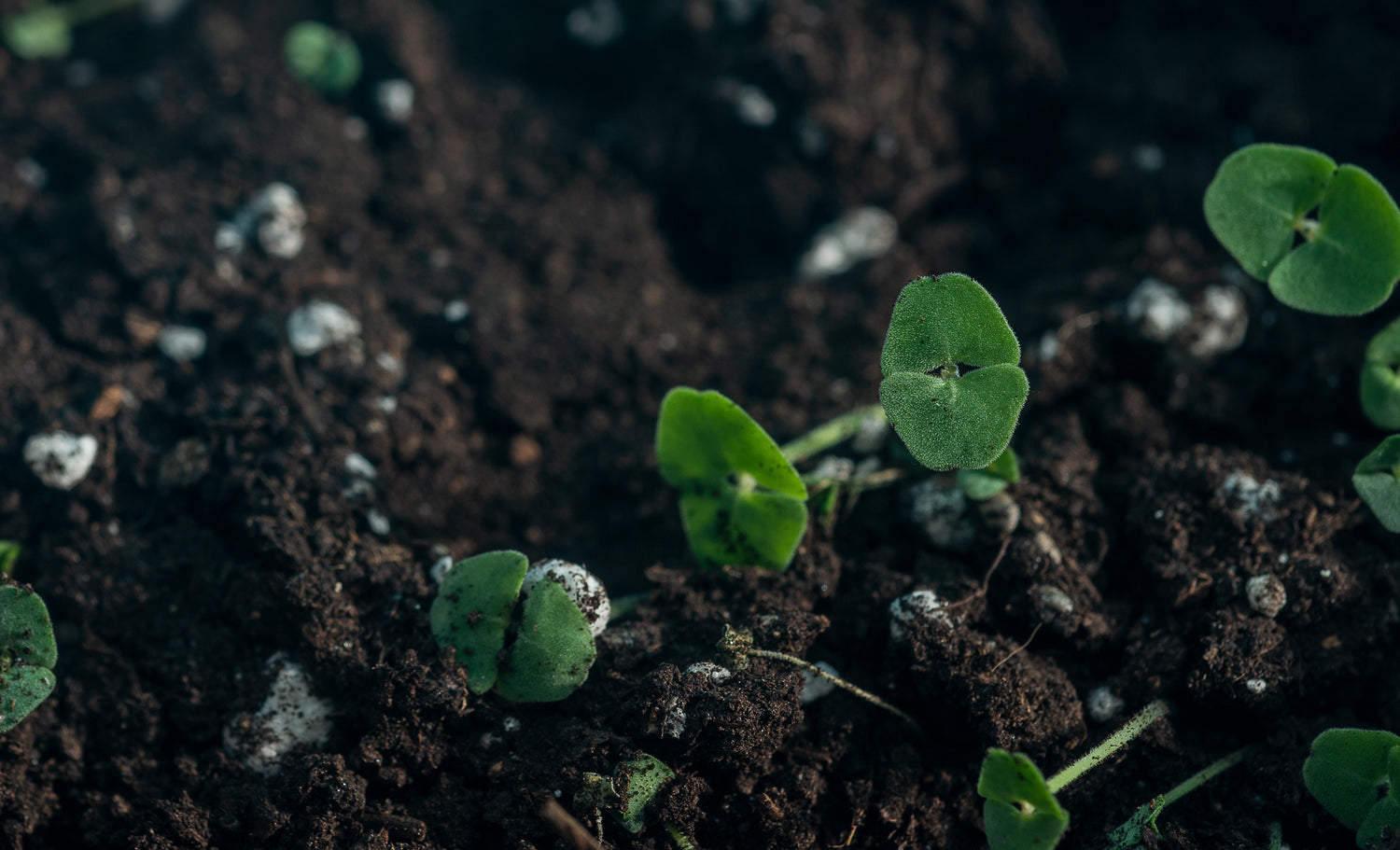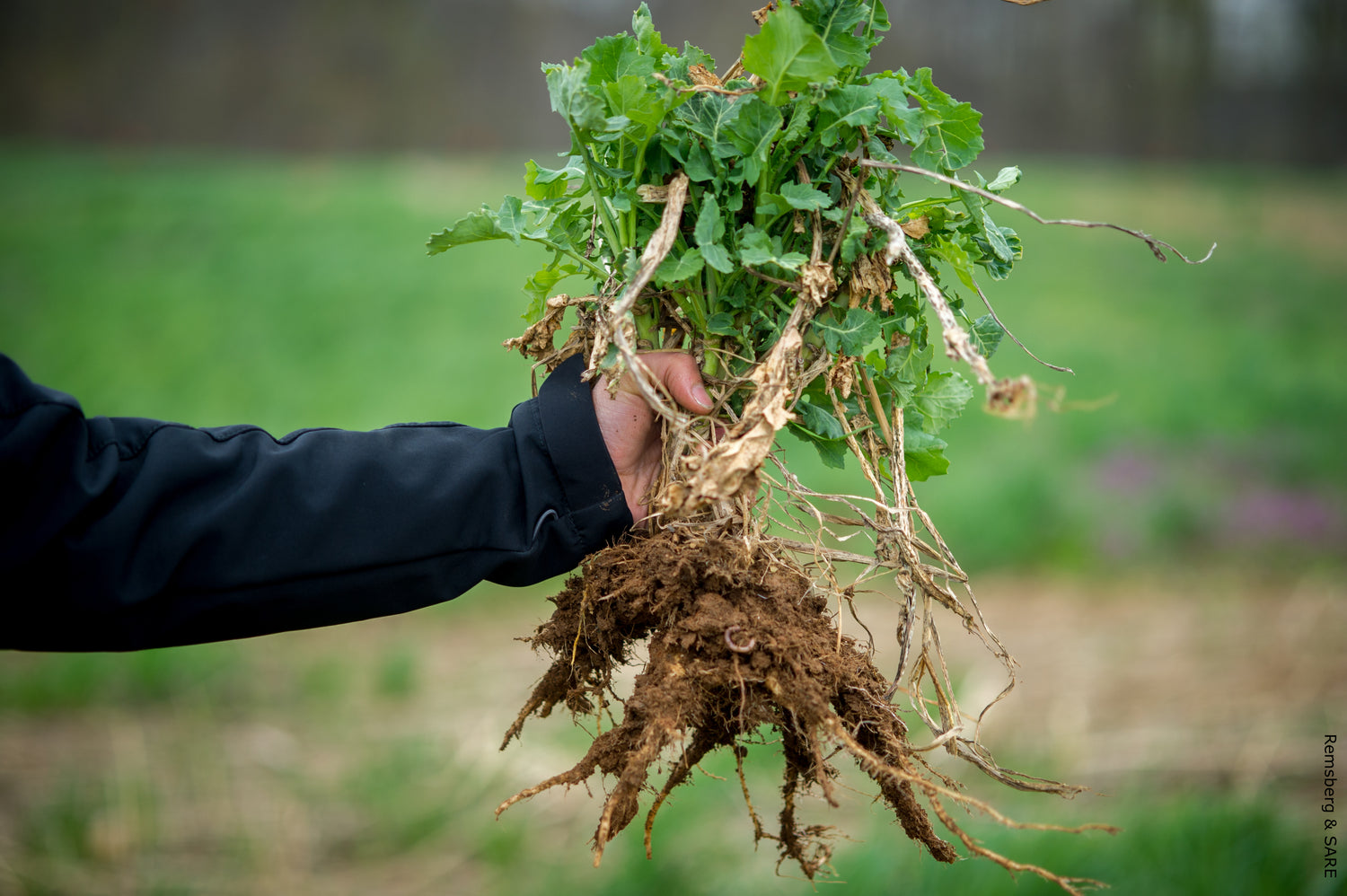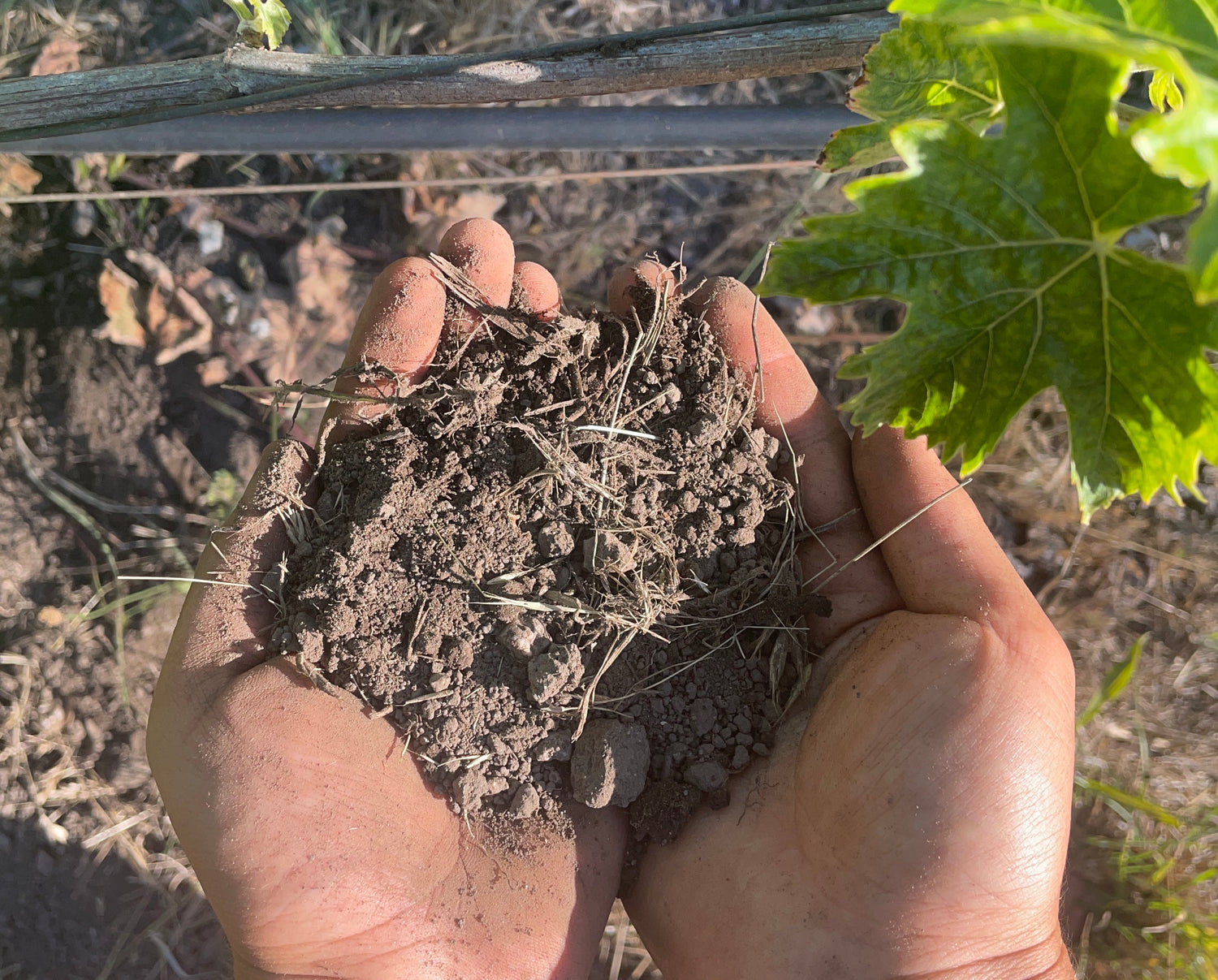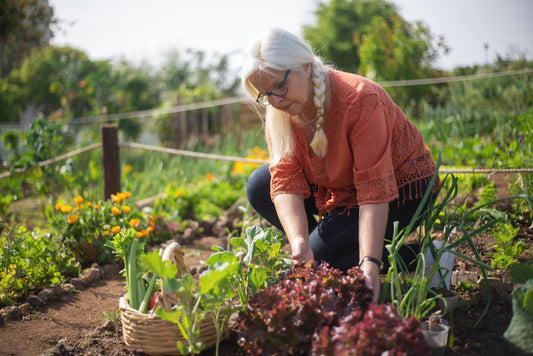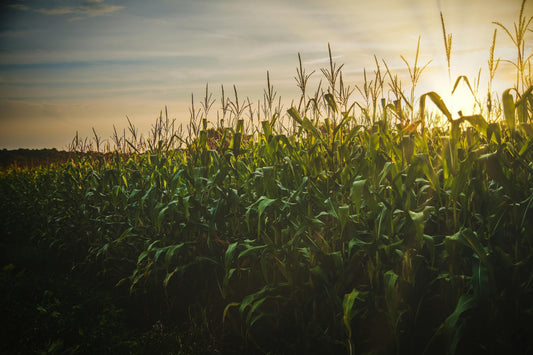Bakersfield's position in California's southern Central Valley creates diverse soil conditions that drive the region's agricultural prominence. Understanding these varied soil types—from fertile alluvial deposits to challenging saline soils—is essential for successful crop production, irrigation management, and sustainable farming in one of America's most productive agricultural regions.
Bakersfield Soil Types: Complete Guide to Central Valley Agriculture Soils
Bakersfield features seven primary soil types: fertile alluvial soils along the Kern River, well-draining sandy soils in elevated areas, water-retentive clay soils in low-lying regions, balanced silty soils throughout the valley, modified urban soils in developed areas, hardpan caliche soils, and challenging saline soils in arid zones, each requiring specific management for optimal agricultural production.
Understanding Bakersfield's Agricultural Foundation
Bakersfield's soil diversity stems from its location in the San Joaquin Valley's southern basin, where the Kern River and Sierra Nevada mountain runoff have deposited sediments over thousands of years. This geological history creates the foundation for Kern County's status as one of California's most productive agricultural regions.
The semi-arid climate brings hot, dry summers and mild winters with limited rainfall, making irrigation essential for most agricultural production. Understanding soil characteristics becomes crucial for efficient water management and crop selection in this water-limited environment.
Soil management in Bakersfield must address challenges including salinity, hardpan layers, and water scarcity while maximizing the productivity of some of the world's most fertile agricultural soils.
Primary Soil Types in Bakersfield
Alluvial Soils: Agricultural Powerhouses
Alluvial soils dominate Bakersfield's most productive agricultural areas, formed by sediment deposits from the Kern River and mountain tributaries. These deep, fertile soils provide the foundation for the region's major crop production including cotton, almonds, citrus, and grapes.
High organic matter content and balanced nutrient levels make alluvial soils extremely productive with proper irrigation management. Their fine texture provides excellent water and nutrient retention while maintaining adequate drainage for most crops.
These soils respond well to intensive agriculture and support some of the highest-yielding farms in California. However, their productivity depends on careful irrigation management to prevent salt accumulation and maintain soil structure.
Alluvial soil management focuses on maintaining organic matter levels, preventing erosion, and optimizing irrigation to sustain long-term productivity while managing salt inputs from irrigation water.
Sandy Soils: Drainage and Special Crops
Sandy soils occur primarily in Bakersfield's elevated areas and provide excellent drainage characteristics valuable for specific crop types. These coarse-textured soils warm quickly in spring and rarely experience waterlogging problems.
While lower in natural fertility than alluvial soils, sandy soils excel for crops requiring excellent drainage such as pistachios, certain stone fruits, and specialty crops. Their rapid drainage prevents root rot and other moisture-related problems.
Water and nutrient management becomes critical on sandy soils due to their low retention capacity. Frequent irrigation and fertilization schedules help maintain adequate plant nutrition throughout the growing season.
Sandy soil improvement strategies include organic matter additions to increase water retention, mulching to reduce evaporation, and precise irrigation scheduling to minimize leaching losses.
Clay Soils: Water Retention and Management
Clay soils occur in areas near the Kern River and other low-lying locations where fine sediments have accumulated. These soils provide excellent nutrient retention but present challenges for water management and root penetration.
High water-holding capacity makes clay soils suitable for crops that can tolerate periodic waterlogging, such as certain vegetable crops and forages. However, poor drainage can create problems during winter months or periods of excessive irrigation.
Soil compaction becomes a major concern with clay soils, particularly when field operations occur under wet conditions. Traffic timing and controlled access help prevent structural damage that can persist for years.
Clay soil management emphasizes improving drainage through tiles or raised beds, adding organic matter to improve structure, and timing operations to prevent compaction damage.
Silty Soils: Balanced Growing Conditions
Silty soils provide balanced characteristics between sandy and clay soils, offering good water retention with adequate drainage for diverse crop production. These soils occur throughout Bakersfield's agricultural areas in various topographic positions.
The balanced texture of silty soils makes them suitable for a wide range of crops including vegetables, stone fruits, and field crops. They maintain good workability across different moisture conditions.
Erosion potential increases with silty soils due to their fine particle size and smooth texture. Wind and water erosion can cause significant soil loss during exposed periods between crops.
Silty soil management focuses on erosion control through cover cropping, mulching, and windbreaks, while maintaining organic matter levels to preserve soil structure and fertility.
Urban Soils: Modified Growing Conditions
Urban soils throughout Bakersfield result from construction, development, and landscaping activities that have altered natural soil conditions. These modified soils vary widely in quality and require specific management approaches.
Compaction from construction equipment and contamination from various urban sources represent primary challenges for urban soil management. However, these soils can support landscapes and urban agriculture with appropriate management.
Urban soil applications include community gardens, parks, street trees, and residential landscaping that provide environmental benefits while working with modified soil conditions.
Urban soil improvement strategies include decompaction, organic matter additions, contamination assessment, and appropriate plant selection for challenging growing conditions.
Caliche Soils: Hardpan Challenges
Caliche soils contain hardened calcium carbonate layers (hardpan) that restrict root penetration and water movement. These soils occur in areas where evaporation and mineral precipitation have created cemented layers.
The impermeable nature of caliche layers prevents normal root development and creates perched water tables during irrigation or rainfall events. These conditions limit crop options and require specialized management.
Breaking caliche layers through deep tillage or mechanical fracturing can improve soil conditions, but treatments may need periodic renewal as layers can reform over time.
Caliche soil management focuses on physical disruption of hardpan layers, drainage improvement, and selecting crops with shallow root systems that can work within existing limitations.
Saline and Alkali Soils: Salt Management
Saline and alkali soils occur in areas where poor drainage and high evaporation rates have concentrated salts in the soil profile. These challenging soils require specialized management to support any agricultural production.
High salt levels interfere with plant water uptake and can cause direct toxicity to sensitive crops. Soil pH may also be elevated, creating additional stress for plant growth.
Salt-tolerant crops represent the primary option for saline soils, though yields typically remain below those of normal soils. Barley, sugar beets, and certain forages can tolerate moderate salinity levels.
Saline soil management involves leaching excess salts with high-quality water, improving drainage to prevent salt accumulation, and selecting appropriate salt-tolerant crops and varieties.
| Soil Type | Key Characteristics | Best Crops | Management Focus |
|---|---|---|---|
| Alluvial | Fertile, deep, balanced texture | Cotton, almonds, citrus, grapes | Irrigation efficiency, salt management |
| Sandy | Excellent drainage, low retention | Pistachios, stone fruits | Water and nutrient conservation |
| Clay | High water retention, compaction-prone | Vegetables, forages | Drainage improvement, compaction prevention |
| Silty | Balanced drainage and retention | Vegetables, stone fruits, field crops | Erosion control, organic matter |
| Urban | Variable, often compacted | Landscaping, urban gardens | Decompaction, contamination assessment |
| Caliche | Hardpan layers, restricted drainage | Shallow-rooted crops | Hardpan breaking, drainage |
| Saline/Alkali | High salt content, elevated pH | Salt-tolerant crops | Salt leaching, drainage improvement |
Agricultural Production and Crop Selection
Bakersfield's diverse soil types support different agricultural production systems, from large-scale field crops to intensive orchard and vineyard operations that drive the regional economy.
Cotton production thrives on alluvial and silty soils where adequate irrigation and fertility management support high yields. Cotton's deep root system utilizes soil profile effectively when drainage permits.
Almond orchards perform best on well-drained alluvial and sandy soils that prevent waterlogging while providing adequate nutrition. Proper rootstock selection helps match trees to specific soil conditions.
Citrus production requires well-drained soils with adequate water holding capacity. Alluvial and improved silty soils provide ideal conditions when properly managed for irrigation and nutrition.
Irrigation Management by Soil Type
Efficient irrigation management becomes critical in Bakersfield's semi-arid climate, with strategies varying significantly based on soil characteristics and crop requirements.
Alluvial soils support moderate irrigation frequencies with deeper water applications that utilize their good water-holding capacity. Monitoring soil moisture helps optimize irrigation timing and amounts.
Sandy soils require frequent, light irrigation applications to maintain adequate moisture without losing water below the root zone. Drip irrigation systems work particularly well for these conditions.
Clay soils need careful irrigation scheduling to prevent waterlogging while ensuring adequate infiltration. Longer irrigation sets with time for water penetration work better than frequent light applications.
Saline soils require additional water for salt leaching beyond crop needs. High-quality irrigation water and good drainage become essential for managing salt accumulation.
Soil Testing and Monitoring
Regular soil testing provides essential information for optimizing irrigation, fertilization, and crop selection decisions across Bakersfield's diverse soil conditions.
University of California Cooperative Extension provides soil testing services and interpretation guidelines specific to Central Valley conditions. Testing should include salinity assessment due to regional salt accumulation concerns.
Monitoring soil salinity becomes particularly important given the region's irrigation-dependent agriculture and semi-arid climate. Regular testing helps track salt accumulation and guide management decisions.
Nutrient testing guides fertilizer applications to optimize crop nutrition while minimizing environmental impacts and input costs. Soil organic matter monitoring helps track soil health trends.
Water Quality and Soil Salinity
Water quality significantly impacts soil management in Bakersfield, where irrigation water sources vary in salt content and crop suitability.
Groundwater salinity varies across the region, with some areas requiring blending with surface water or specialized management to prevent soil salinization.
Drainage management becomes critical for preventing salt accumulation in the root zone. Both surface and subsurface drainage systems help maintain soil productivity.
Salt-tolerant crops provide options for marginal soils while drainage improvements allow return to conventional crop production on better soils.
Frequently Asked Questions
What is the best soil type for almonds in Bakersfield?
Alluvial soils are best for almond production in Bakersfield, providing excellent fertility, good drainage, and deep rooting zones that support high-yielding almond orchards.
How do I manage saline soils in Bakersfield?
Manage saline soils through controlled leaching with quality irrigation water, selecting salt-tolerant crops, and improving drainage to prevent salt accumulation in the root zone.
What causes drainage problems in Bakersfield clay soils?
Clay soils in Bakersfield have fine particle size that creates poor drainage and water infiltration. Adding organic matter and installing drainage systems can improve water movement.
How often should I test my soil in Bakersfield?
Test soil annually for intensive agriculture, or every 2-3 years for established orchards. Include salinity testing due to regional irrigation and climate conditions.
What crops tolerate caliche soils?
Shallow-rooted crops like certain vegetables and grasses can tolerate caliche soils. Breaking hardpan layers may allow deeper-rooted crops like cotton or tree crops.
Can I grow vegetables in sandy soil?
Yes, sandy soils can support vegetable production with frequent irrigation and fertilization. Organic matter additions improve water and nutrient retention.
How do I prevent soil compaction in clay soils?
Avoid field operations when soil is wet, use controlled traffic patterns, and add organic matter to improve soil structure and reduce compaction susceptibility.
What irrigation method works best for different soil types?
Drip irrigation works well for sandy soils, flood irrigation for clay soils when drainage allows, and sprinkler systems for alluvial and silty soils depending on crop requirements.
Conclusion
Bakersfield's diverse soil types create both opportunities and challenges for agricultural production in California's Central Valley. From highly productive alluvial soils supporting cotton and almonds to challenging saline soils requiring specialized management, each soil type contributes to the region's agricultural diversity and economic importance. Understanding soil characteristics enables farmers to optimize irrigation strategies, select appropriate crops, and implement management practices that sustain long-term productivity. Through proper soil testing, targeted amendments, and efficient irrigation management, Bakersfield's agricultural soils can continue supporting the intensive production systems that make this region a global agricultural leader. Success requires matching management strategies to specific soil conditions while addressing regional challenges including water scarcity, salinity, and climate variability. By working with rather than against soil characteristics, farmers can maintain the productivity that has made Bakersfield synonymous with Central Valley agricultural excellence.
Sources
- USDA Natural Resources Conservation Service. Web Soil Survey - Kern County. https://websoilsurvey.sc.egov.usda.gov/
- University of California Cooperative Extension Kern County. Agricultural Soil Management. https://cekern.ucanr.edu/
- California Department of Food and Agriculture. Kern County Agricultural Statistics. https://www.cdfa.ca.gov/statistics/
- UC Davis Department of Land, Air and Water Resources. Central Valley Soil Research. https://lawr.ucdavis.edu/
- USDA Natural Resources Conservation Service. Soil Health Assessment. https://www.nrcs.usda.gov/resources/guides-and-instructions/soil-health
- California Central Valley Regional Water Quality Control Board. Agricultural Water Quality Programs. https://www.waterboards.ca.gov/centralvalley/
- Kern County Agricultural Commissioner. Crop and Livestock Reports. https://www.kerncounty.com/government/agricultural-commissioner
- Rodale Institute. Soil Health Research for Arid Agriculture. https://rodaleinstitute.org/science/soil-health/







